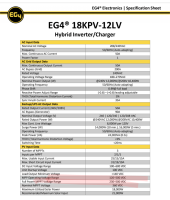You can parallel high voltage series strings so you can run thinner wire from the solar panels to the inverter/charge controller. The size of the wire you need depends on the current you run though them and the voltage at which you do so. Power losses are Pj = R x I^2, so the lower your current, the less your losses. Since P = U x I, this means higher voltage.
The conversion from DC to AC or doing DC/DC conversion is pretty negligible these days for solar installs. AC from the panels with microinverters is usually easier when you have to couple to the grid, but seems to be more popular in the States. Most installs here in Europe are DC with a string inverter, not microinverters.



